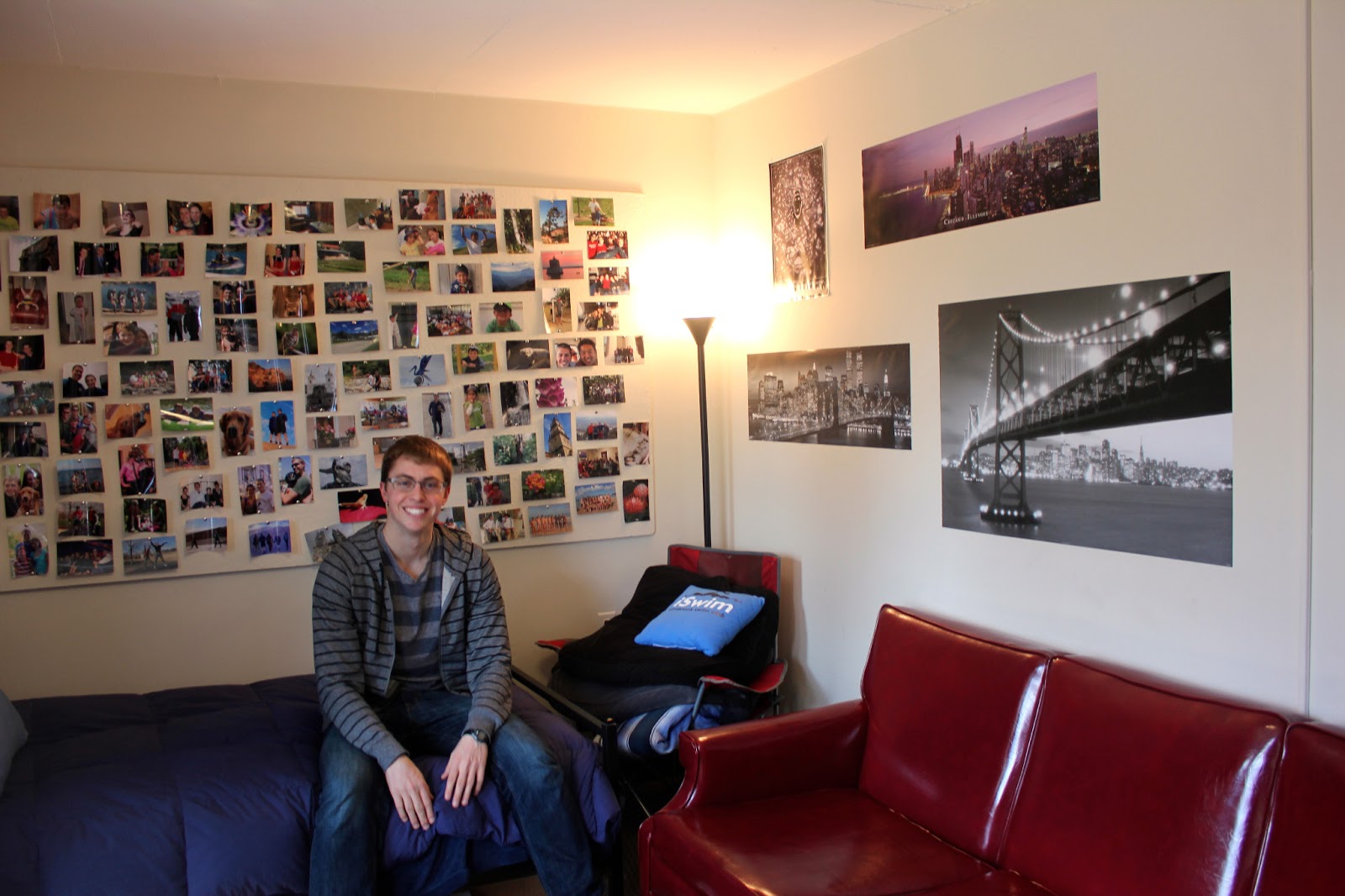Today is the deadline when most high school
seniors who applied to college send in their acceptances. Of the 20 or so students I worked with this
year, helping them with their college lists and essays, all seem to be excited
about their final choice. Their schools
of choice range from public universities to liberal arts schools, a women’s
college and Ivy League universities. I
believe these students could have been happy with several different
possibilities—yet I hope they have all made the best match possible.
How does one decide which school or schools
provides not only a good education but also good value? How important is prestige or rank? These are questions many high school juniors
and their families may be considering as they visit campuses and college fairs
and the student begins to narrow his or her list.
Recently, I’ve read a number of articles
that address the conundrum of the “best” colleges to apply to or the schools
that provide the most “value.” As Joseph
Priesto points out in a column titled, “What does ‘value’ mean to you?” the
terms “value” and “best” are subjective and rely on criteria that might be
misleading. For instance looking at the
4-year graduation rate of institutions doesn’t take into account co-op programs
or internships that may lengthen the time to graduate but also better prepare
students for careers afterwards.
Also publications that rank colleges and
universities such as U.S. News and World
Report serve to feed “status
anxiety” as much as create any meaningful comparisons among colleges according
to New
York Times columnist Joe Nocera.
For more about evaluating a college or
university’s reputation versus its educational benefits check out a recent
article in the business section of the Times:
Instead of relying on subjective rankings
of “value” or rank, you might start researching your college list by doing a
search on Naviance (the college and career platform used by many public high
schools). I also recommend two other
reliable, unbiased college search tools:
This is a US government institute that has
added important indicators such as financial aid statistics, default rates on
student loans and estimated total annual expenses for each school you
search. It’s also a good tool for
devising a college list.
This site also contains helpful
articles and checklists including “Financial
Aid 101,” and “Applying 101.”







